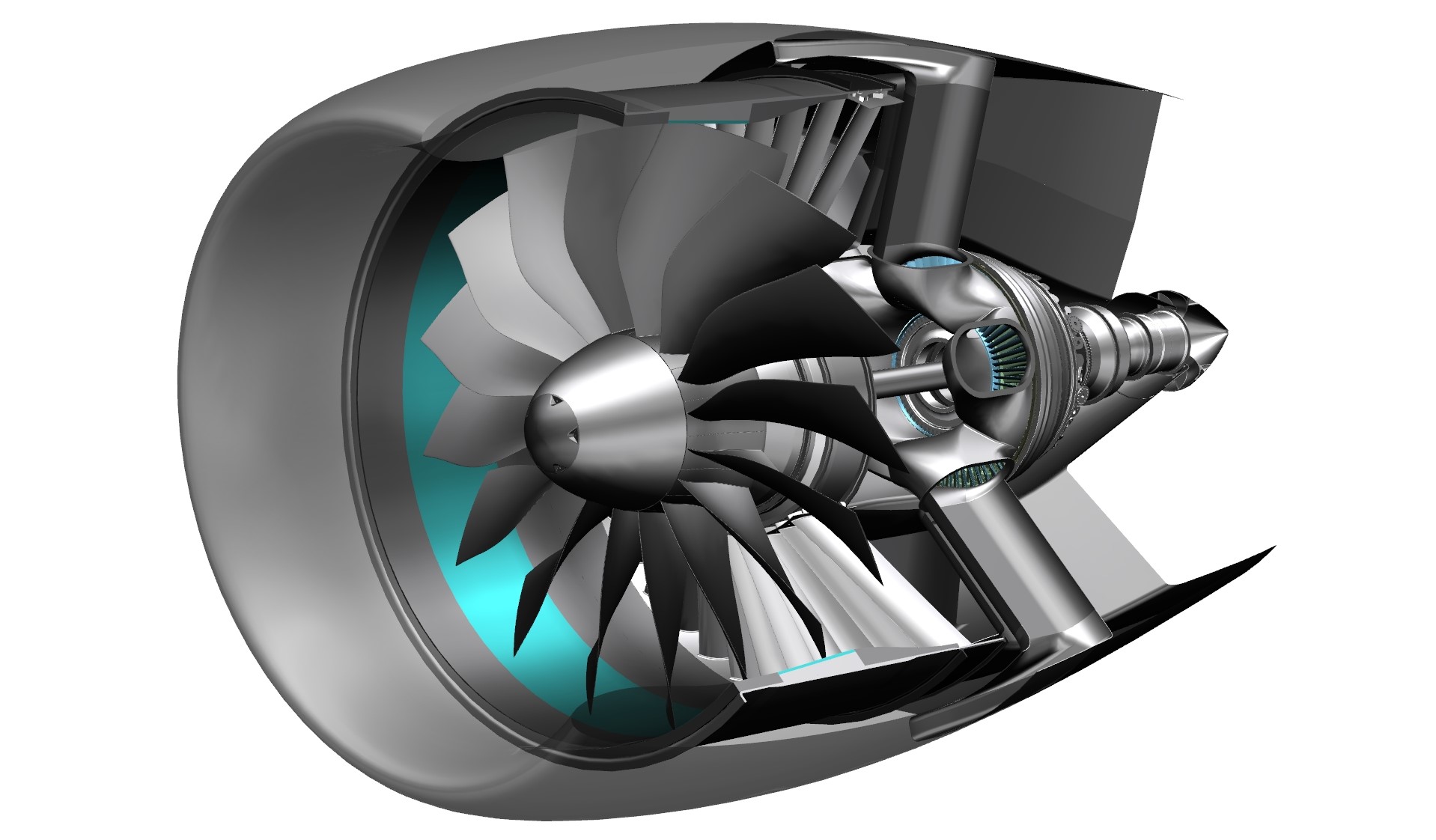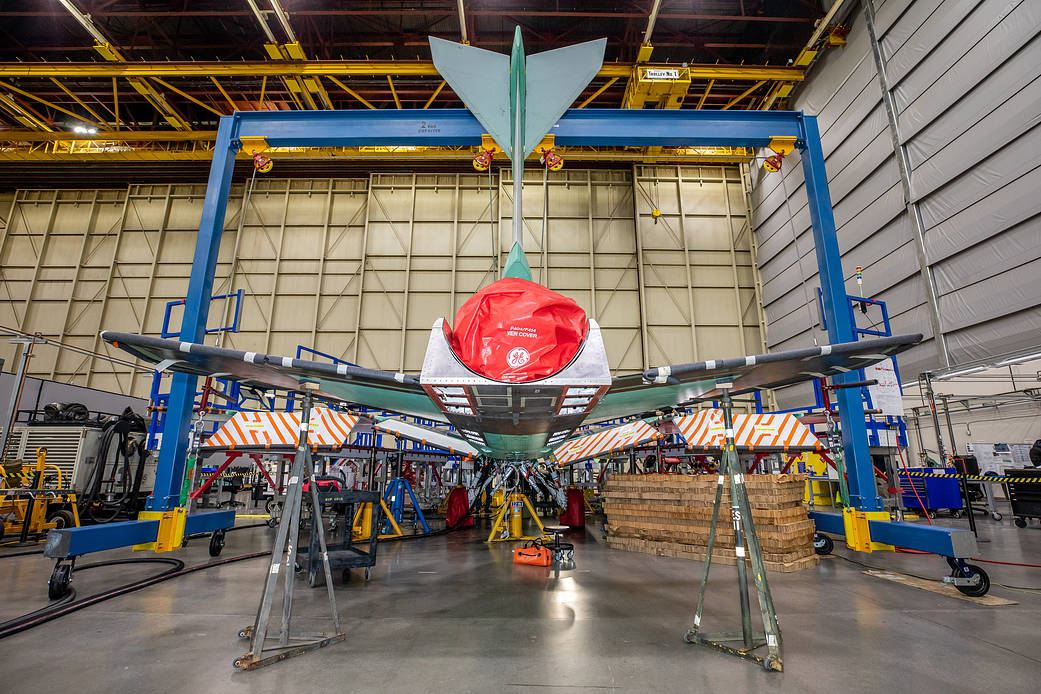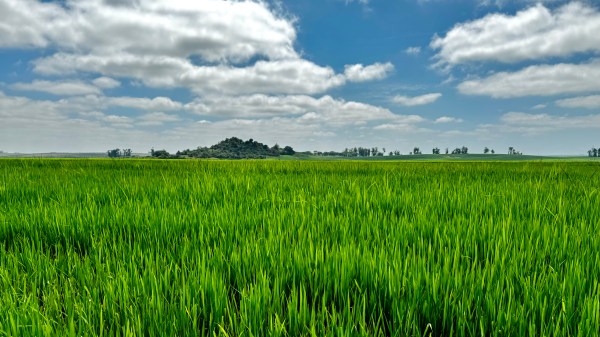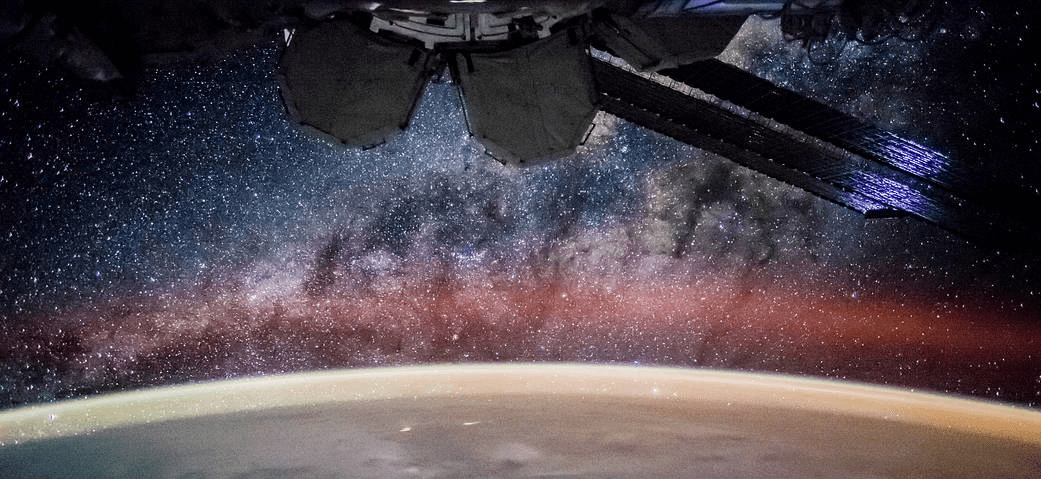NASA Funds New Studies Looking at Future of Sustainable Aircraft
Picture yourself at an airport a few decades from now. What does your airliner look like? It’s more efficient, with lower emissions than today’s aircraft – what kinds of designs or technology make that possible? NASA is working to answer those questions by commissioning five new design studies looking to push the boundaries of possibility […]

5 min read
Preparations for Next Moonwalk Simulations Underway (and Underwater)
Picture yourself at an airport a few decades from now. What does your airliner look like? It’s more efficient, with lower emissions than today’s aircraft – what kinds of designs or technology make that possible? NASA is working to answer those questions by commissioning five new design studies looking to push the boundaries of possibility for sustainable aircraft.
Through NASA’s Advanced Aircraft Concepts for Environmental Sustainability (AACES) 2050 initiative, the agency asked industry and academia to come up with studies looking at aircraft concepts, key technologies, and designs that could offer the transformative solutions needed to secure commercial aviation’s sustainable future by 2050. NASA issued five awards, worth a total of $11.5 million, to four companies and one university. These new NASA-funded studies will help the agency identify and select promising aircraft concepts and technologies for further investigations.

“Through initiatives like AACES, NASA is positioned to harness a broad set of perspectives about how to further increase aircraft efficiency, reduce aviation’s environmental impact and enhance U.S. technological competitiveness in the 2040s, 2050s, and beyond,” said Bob Pearce, NASA associate administrator for the Aeronautics Research Mission Directorate. “As a leader in U.S. sustainable aviation research and development, these awards are one example of how we bring together the best ideas and most innovative concepts from the private sector, academia, research agencies, and other stakeholders to pioneer the future of aviation.”
For decades, NASA has connected government agencies, industry, and academia to develop sustainable aviation technologies. In 2021, NASA launched its Sustainable Flight National Partnership, focused on technologies that could be incorporated into aircraft by the 2030s. The partnership’s research and development led to current NASA work including the experimental X-66 Sustainable Flight Demonstrator aircraft, its Electrified Powertrain Flight Demonstration project, and the development of more efficient engine cores and processes for the rapid manufacturing of lightweight composite materials.

The new AACES awards are initiating a similar process, but on a longer timeline, focusing on technologies to help transform aviation beyond SFNP with aircraft that could enter service by 2050. The kinds of partnerships NASA develops through SFNP and AACES are critical for the agency to support the U.S. goal of net-zero aviation emissions by 2050 and to help put aviation on a path toward energy-resilience.
“The AACES 2050 solicitation drew significant interest from the aviation community and as a result the award process was highly competitive,” said Nateri Madavan, director for NASA’s Advanced Air Vehicles Program. “The proposals selected come from a diverse set of organizations that will provide exciting and wide-ranging explorations of the scenarios, technologies, and aircraft concepts that will advance aviation towards its transformative sustainability goals.”

The AACES 2050 awards went to organizations that will form networks of university and corporate partners to advance their studies. NASA expects the awardees to complete their studies by mid-2026. The new awardee institutions are:
- Aurora Flight Sciences, a Boeing Company, whose team will perform a comprehensive, “open-aperture” exploration of technologies and aircraft concepts for the 2050 timeframe. This will include examining new alternative aviation fuels, propulsion systems, aerodynamic technologies, and aircraft configurations along with other technology areas that arise throughout the study.
- The Electra-led team will explore extending Electra’s novel distributed electric propulsion and its unique aerodynamic design capabilities to develop innovative wing and fuselage integrations that deliver sustainable aviation focused on enabling community-friendly emission reduction, noise reduction, and improved air travel access. The company’s existing small aircraft prototype has been flying for over a year, demonstrating Electra’s technology that aims to transform air travel with reduced environmental impact and improved operational efficiency.
- Georgia Institute of Technology will perform a comprehensive exploration of sustainability technologies, including alternative fuels, propulsion systems, and aircraft configurations. The institute’s team will then explore new aircraft concepts incorporating the selected technologies with their Advanced Technology Hydrogen Electric Novel Aircraft (ATH2ENA) as a starting point.
- JetZero will explore technologies that enable cryogenic, liquid hydrogen to be used as a fuel for commercial aviation to reduce greenhouse gas emissions. These technologies will be evaluated on both tube-and wing and JetZero’s blended wing body – an airplane shape that provides more options for larger hydrogen fuel tanks within the aircraft.
- Pratt and Whitney a division of RTX Corporation, will explore a broad suite of commercial aviation propulsion technologies targeting thermal and propulsive efficiency improvements to reduce fuel consumption and greenhouse gas emissions. The Pratt & Whitney team will then down-select high-priority and alternative propulsion concepts for potential integration studies with various airframe concepts for aircraft in 2050 and beyond.

AACES 2050 is part of NASA’s Advanced Air Transport Technology project, which explores and develops technology to further NASA’s vision for the future development of fixed-wing transport aircraft with revolutionary energy efficiency. The project falls under NASA’s Advanced Air Vehicles Program, which evaluates and develops technologies for new aircraft systems and explores promising air travel concepts.
Share
Related Terms
What's Your Reaction?



















.jpg?#)









































